
How to make it in fashion: London-based Malaysian designer on building a brand
- Meghan Markle and Kate Middleton are among fans of Han Chong’s label Self-Portrait, which offers well-made dresses at a fraction of the cost of luxury pieces
- Chong, who launched his label at the age of 34, stresses the importance of gaining experience in fashion, having a consistent vision, and talking to suppliers
Late last year, Malaysian-born and London-based designer Han Chong, founder of contemporary label Self-Portrait, announced a five-year scholarship programme at London’s Central Saint Martins, his alma mater. The programme will offer financing and mentoring from Chong and his team to five students, one each year until 2023.
We met Chong on a recent trip to Hong Kong, where department store Lane Crawford celebrated its five-year partnership with the label (it was the first store in Asia to carry Self-Portrait).
Here are some pearls of wisdom from Chong about how to build a successful business and stay relevant in a very competitive industry.
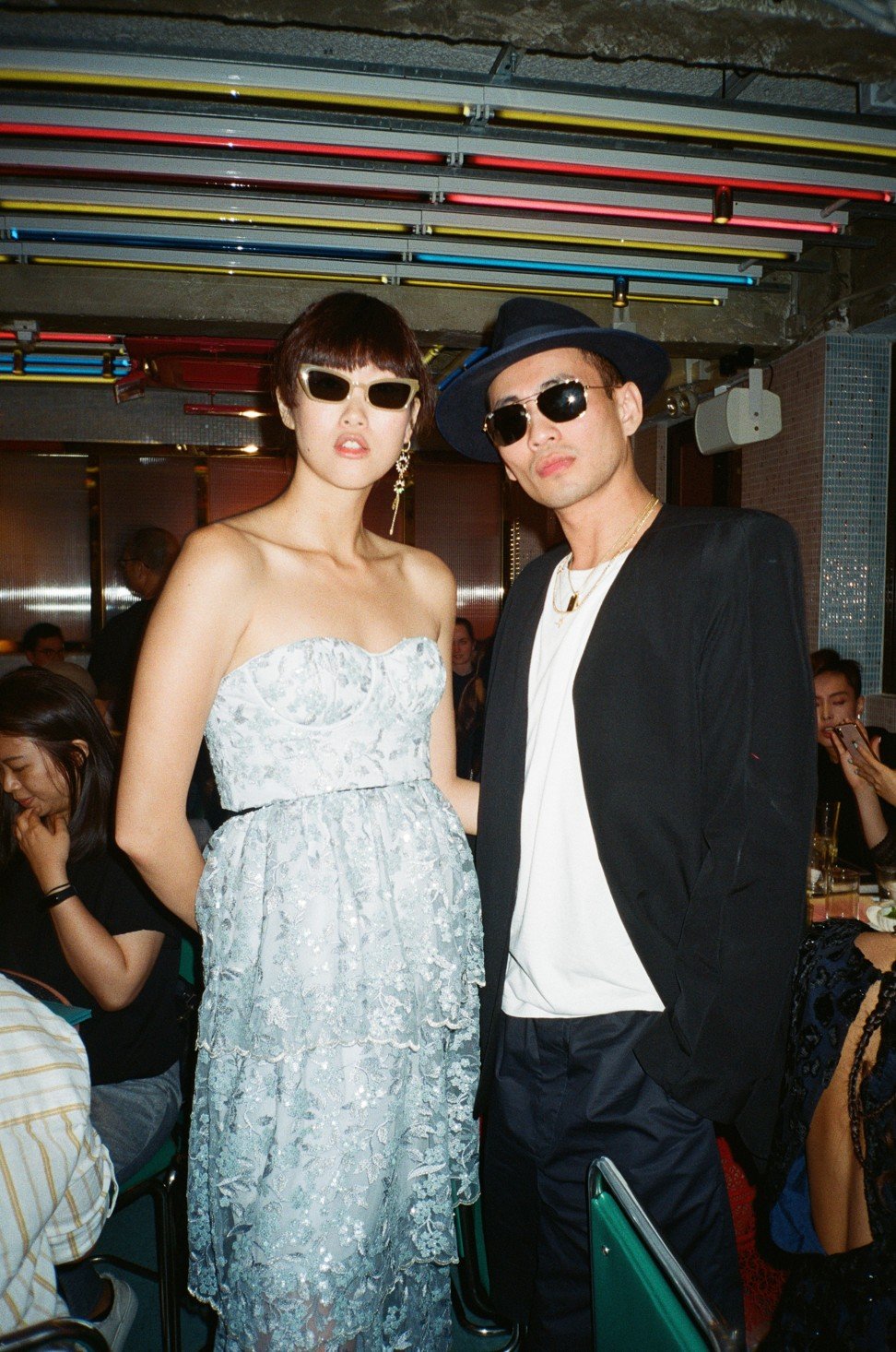
Don’t forget what you stand for: consistency is key but so is evolution
“My starting point was to design a modern woman’s wardrobe, but the first three years I wanted to make sure to have a strong signature because it’s a crowded market and I understood that you can’t do everything, so I wanted people to come to me for certain feminine pieces. Lace ended up being my signature because of the [success of] the Azalea dress and because I like things with texture and not just a solid fabric.

“When people see the pieces they know straight away that it’s Self-Portrait and from there you can explore different possibilities. In the last five years, things have happened so quickly and you’re like living in a bubble, but you need to have a strong point of view.”
Don’t start your brand too young: pay your dues at other companies
“I started when I was older (34) and experienced. If I had started younger it would have been harder. That’s why I created this scholarship; they don’t teach you business in fashion school so I wanted to teach students about the actual process of starting a brand.
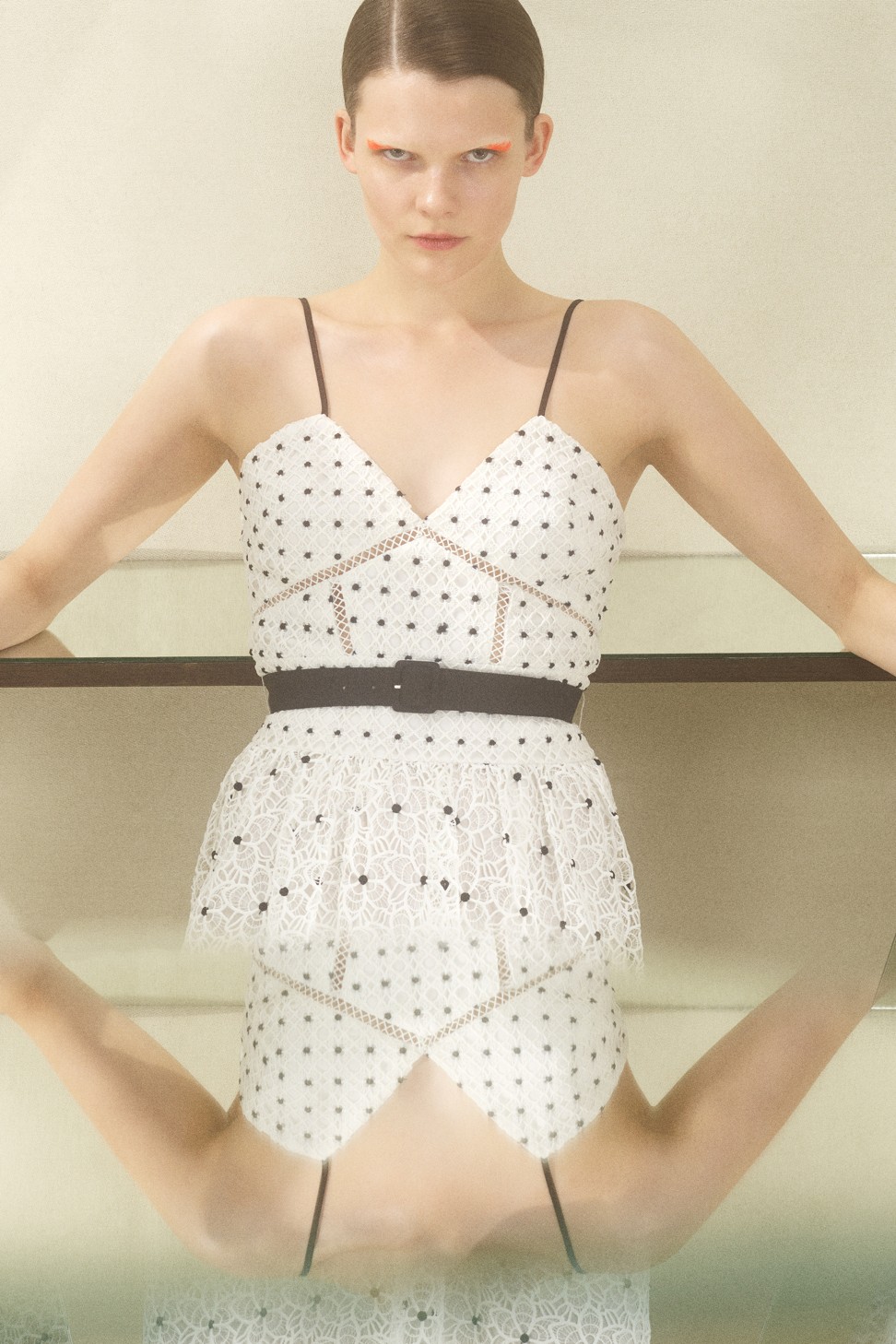
“Even before they finish school they want to become designers but they’re not ready. Many of them are in their early 20s. I see so many talented designers in London and they come and go so quickly, and it’s such a waste because they’re very talented. There’s a lot of things that they have to consider when they start a brand. I think it’s important to intern and work somewhere before you start your brand, so you get a whole picture of what a business is like, even if you just photocopy things.
“It’s not just about designing a great dress; you need to think of things like costs and then you can learn things that school doesn’t teach you. I worked for a lot of retail and high-street brands and it was very useful because these brands target a very wide audience so you learn how even small things like the colour of a button can affect sales.”
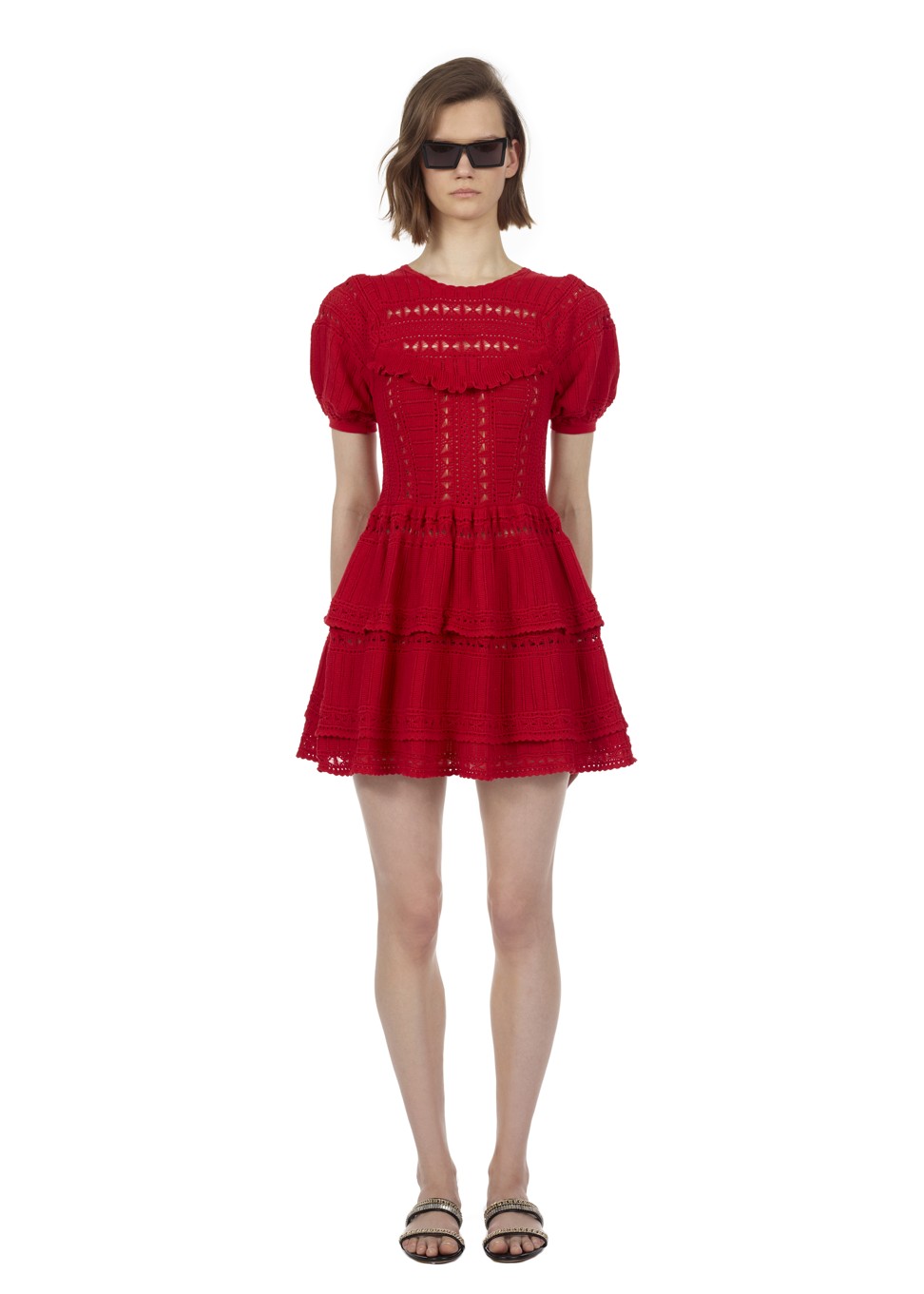
Production is key: spend time with suppliers
“A very small part of my time is devoted to creation and design, most of it involves production and business. When I started the brand, I spent a lot of time in Hong Kong and China and the factory thought I was crazy doing all these intricate and complicated things. They said that they couldn’t do it, but I was very determined to get it right so I came here to teach them what kind of finishing I wanted.
“I feel that in China everything is possible; people are so positive there, so if you can teach them they will do it.”
I used to spend two months on every collection, but now they understand my way of working and I have a team here.”
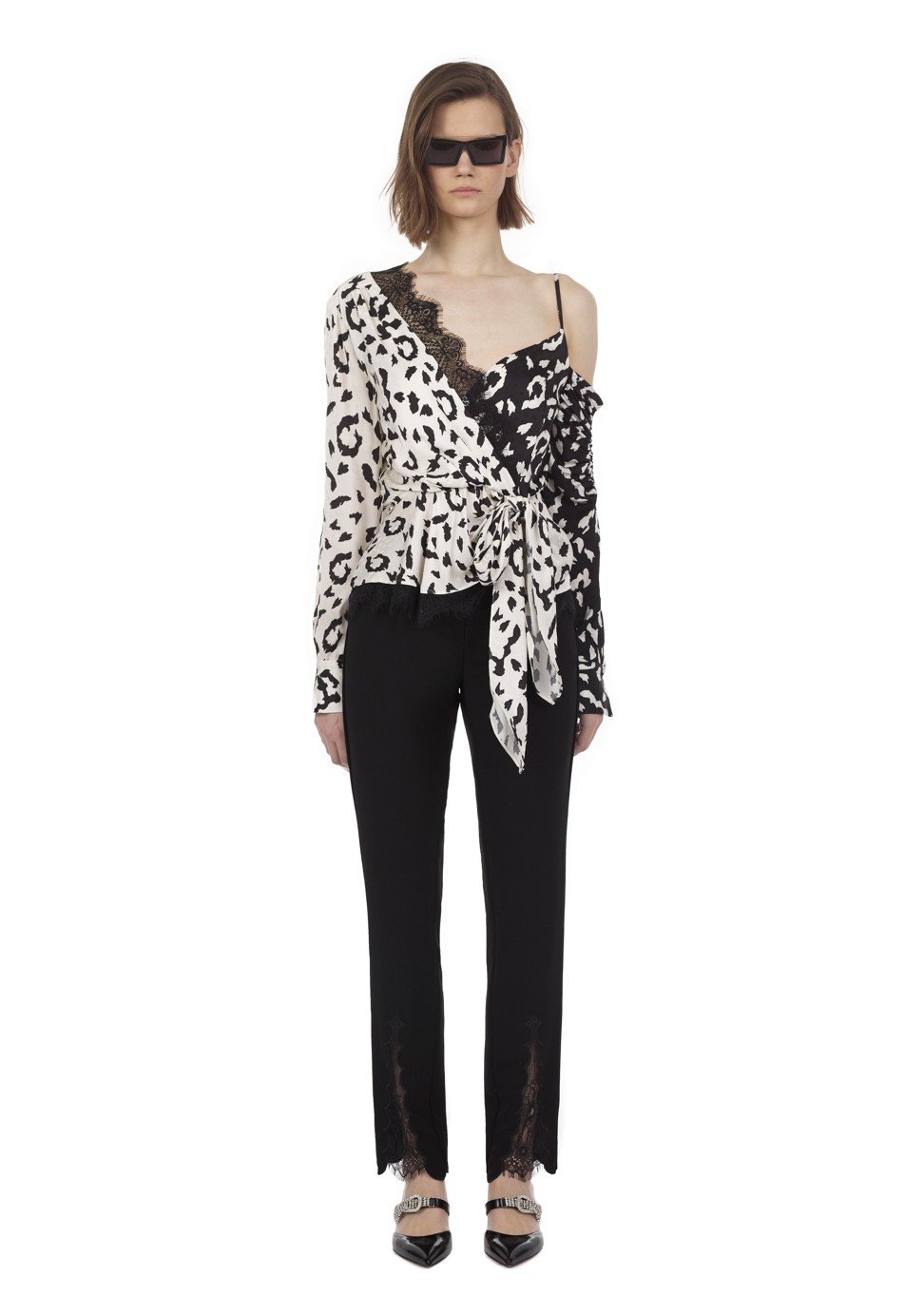
Manage your budget: shows are expensive
“Some people do fashion as costume designers but if you want to have a brand, it’s a business; you need to pay your staff and your bills. So I worked backwards. I had a small capital to start and I knew that it would only last for six months so I knew that in six months I had to make enough margin to pay my suppliers, my bills, my staff … I was very careful of managing my budget before doing a big fashion show because it’s really expensive, so we started doing shows two years in and we made sure we were able to pay all our bills.
“I want students to know all the things you have to go through to start a brand so that they understand that it’s up to them. These young designers often have their vision, but you have to tell them that they have to find a way to adapt. Maybe it’s because I’m Chinese but I keep the business very lean.
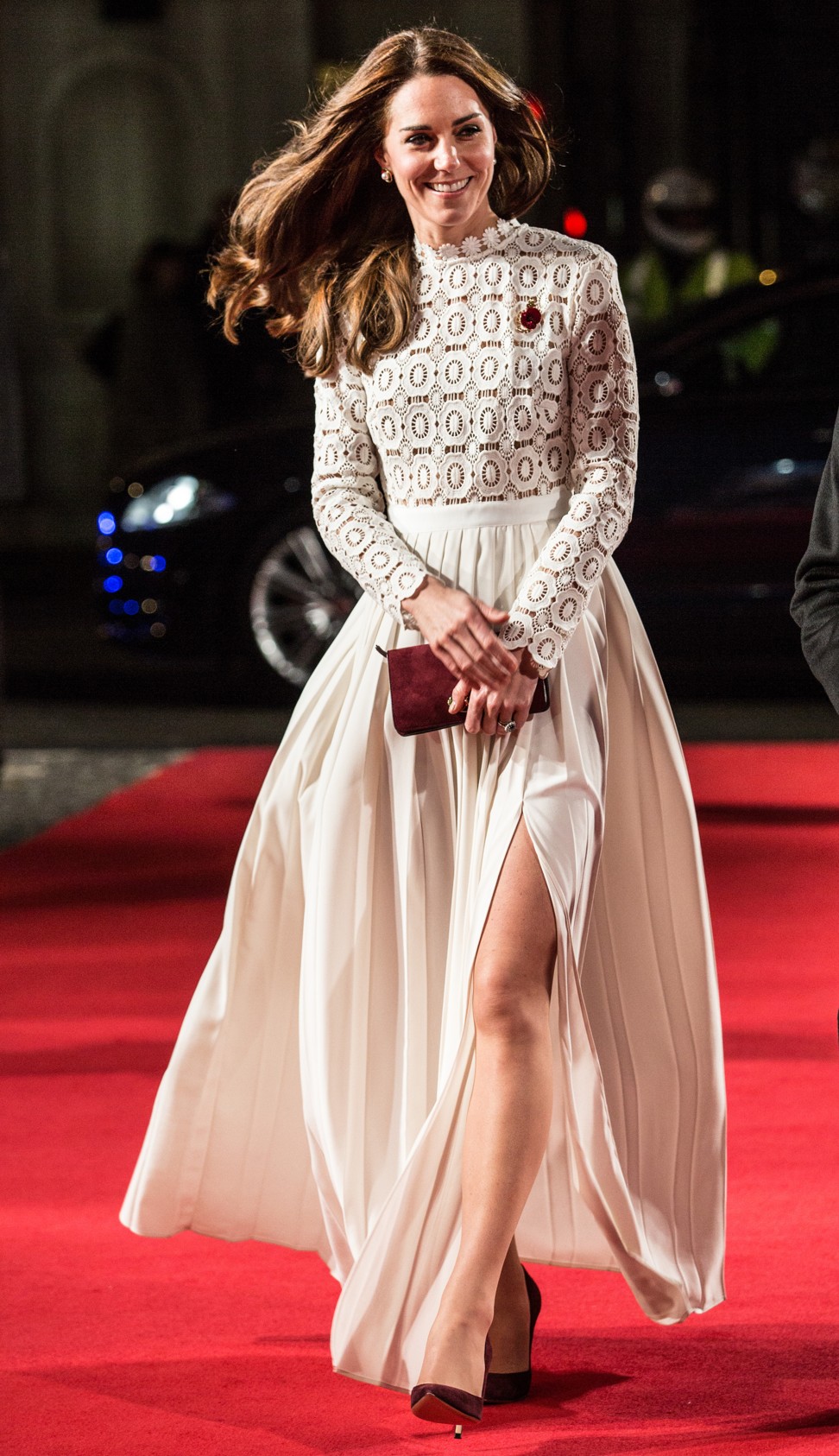
Celebrities drive sales: Hollywood, royalty and influencers
“We felt that celebrities on the red carpet weren’t wearing many pieces at that price point,” says Self-Portrait’s communications director Tu Tran, who is based in Los Angeles. “The quality and craftsmanship and look were very high-end, so having celebrities wear Self-Portrait was part of the strategy from day one.
“We made sure to target celebrities and dress the right influencers. Introducing any new brand to celebrities and their stylists is hard but after they saw the product and the way it looked there was no hesitation. Kate Middleton and Meghan Markle had the biggest effect, it really translated in terms of sales right away, but having A-list actresses like Reese Witherspoon and Kristen Stewart, who’s a Chanel ambassador, at the beginning … really helped the brand’s visibility.”
“Also, back then celebrities were seen wearing only very expensive clothing and it didn’t feel right, especially for someone like Kate Middleton. When she or Meghan wear affordable brands it’s very inspiring for people around the world. They want to feel more relatable and accessible,” adds Chong.
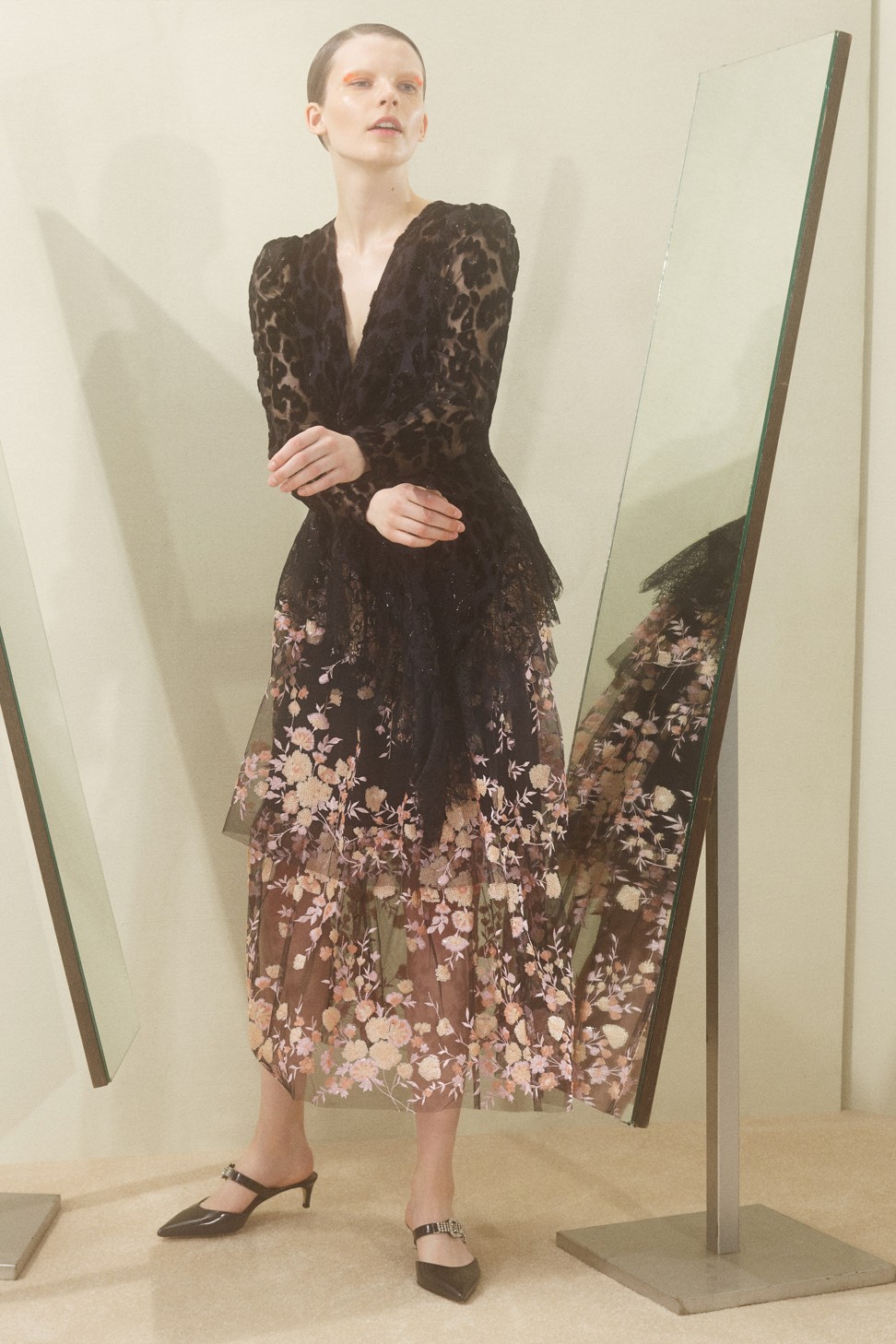
Price matters: be honest to your clients
“From day one I knew that I wanted to do well-made pieces at honest prices because at the time it was only luxury labels or high-street brands. All my friends have regular incomes so they can’t wear luxury labels every day, but they like to look good every day. Even when we started having celebrities wearing Self-Portrait, we never increased prices. That will always be my goal.
“Producing in China is the same as Italy and in China you actually have more capabilities to do stuff in detail, because they invest in very good machines and the government supports the manufacturing industry and they have the best machines in the world.”

